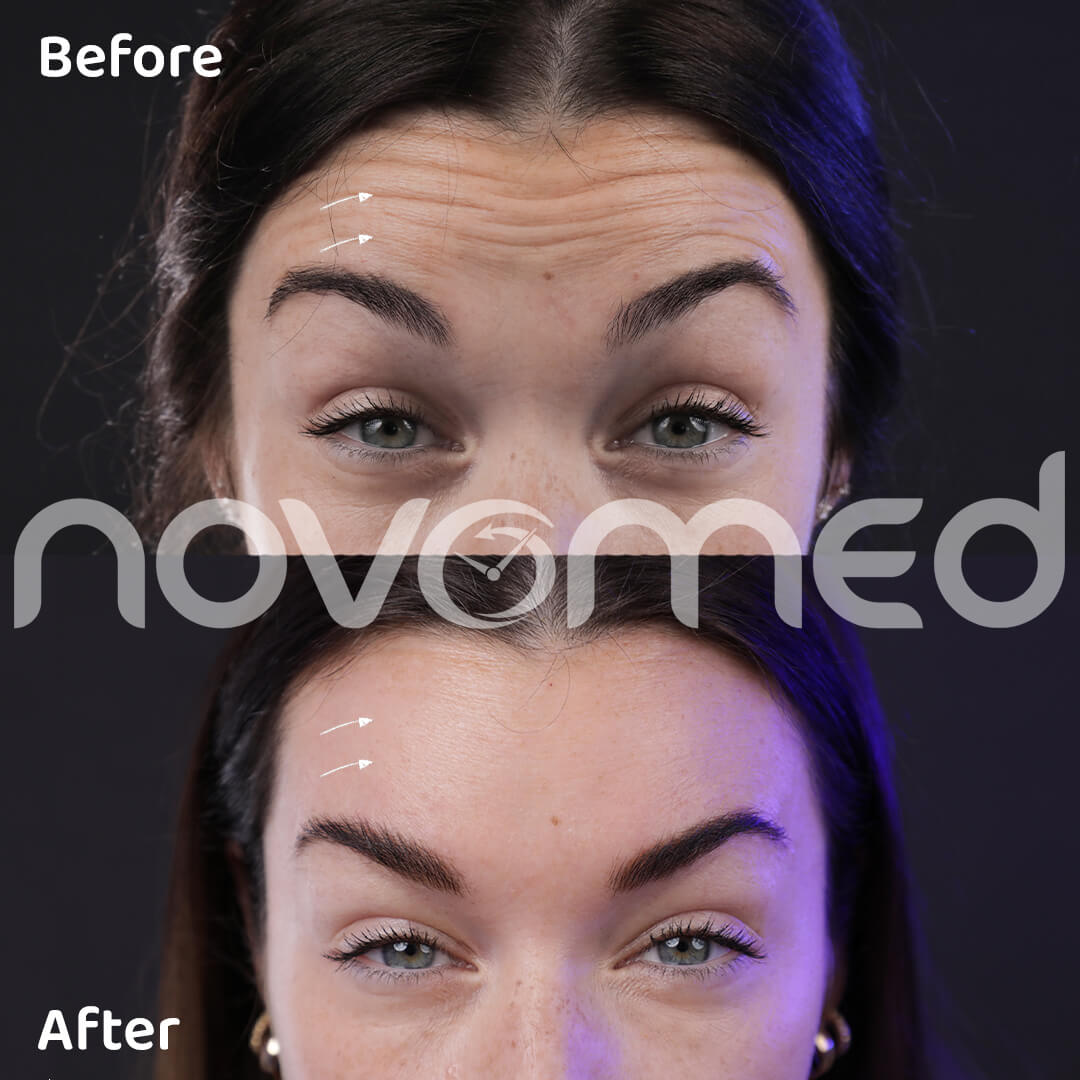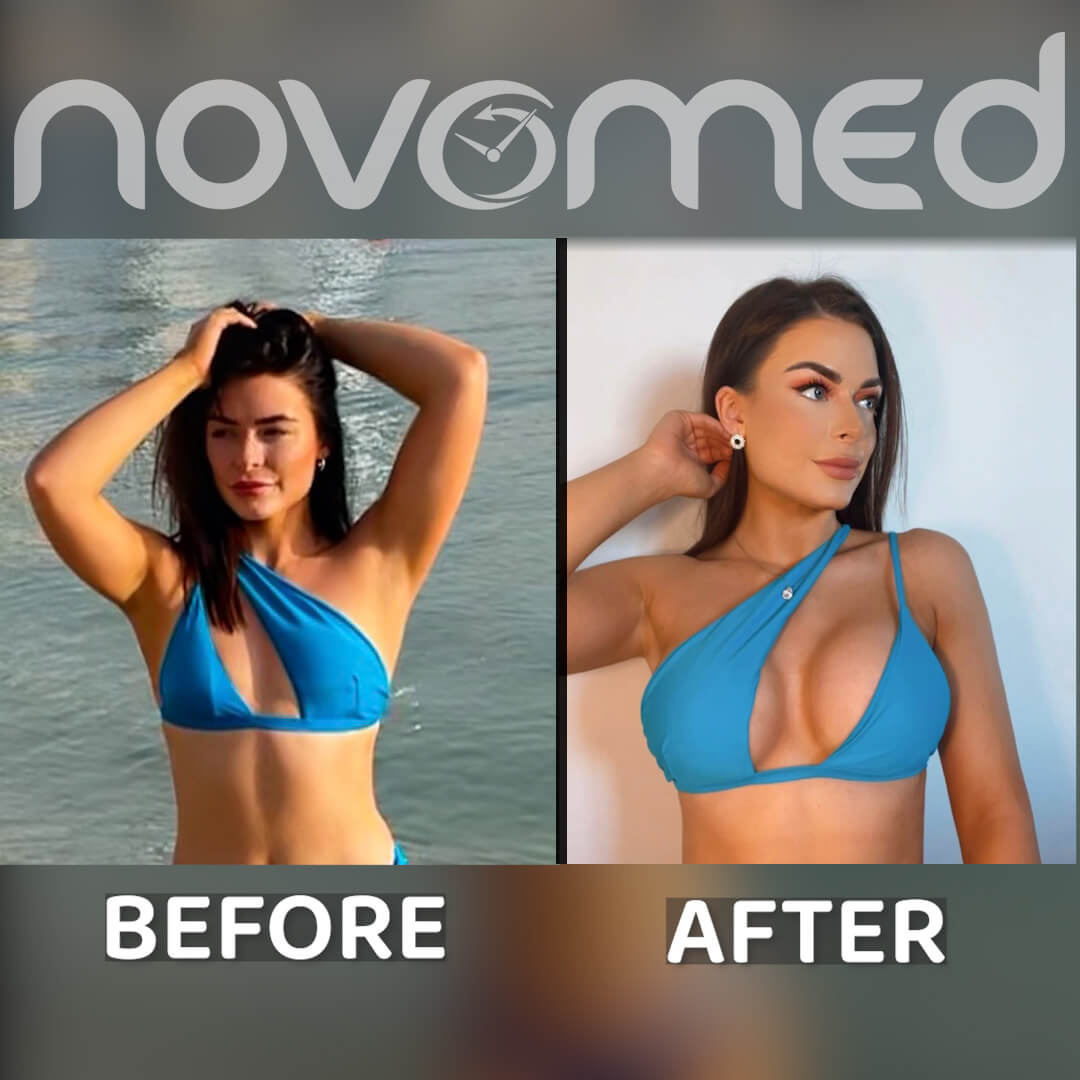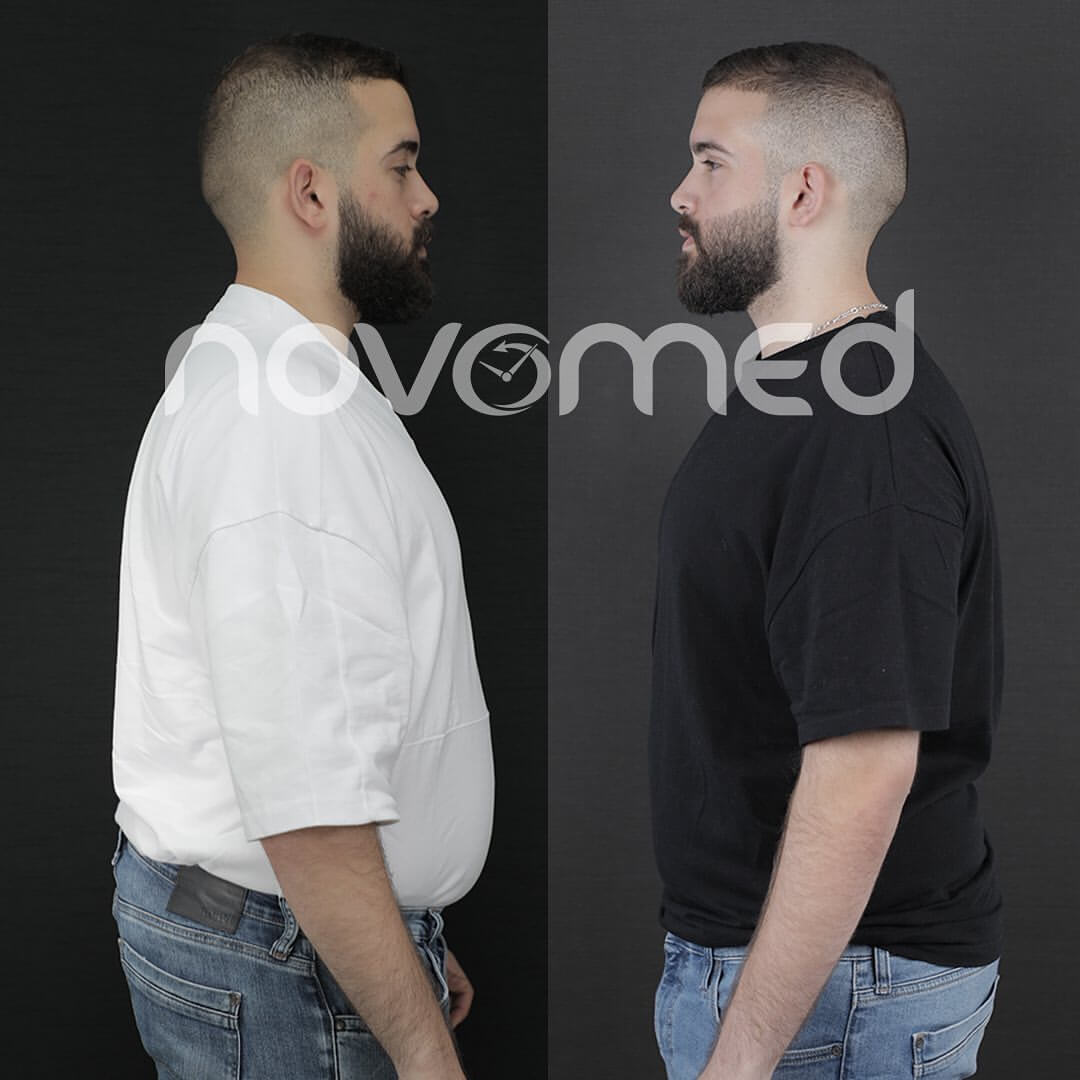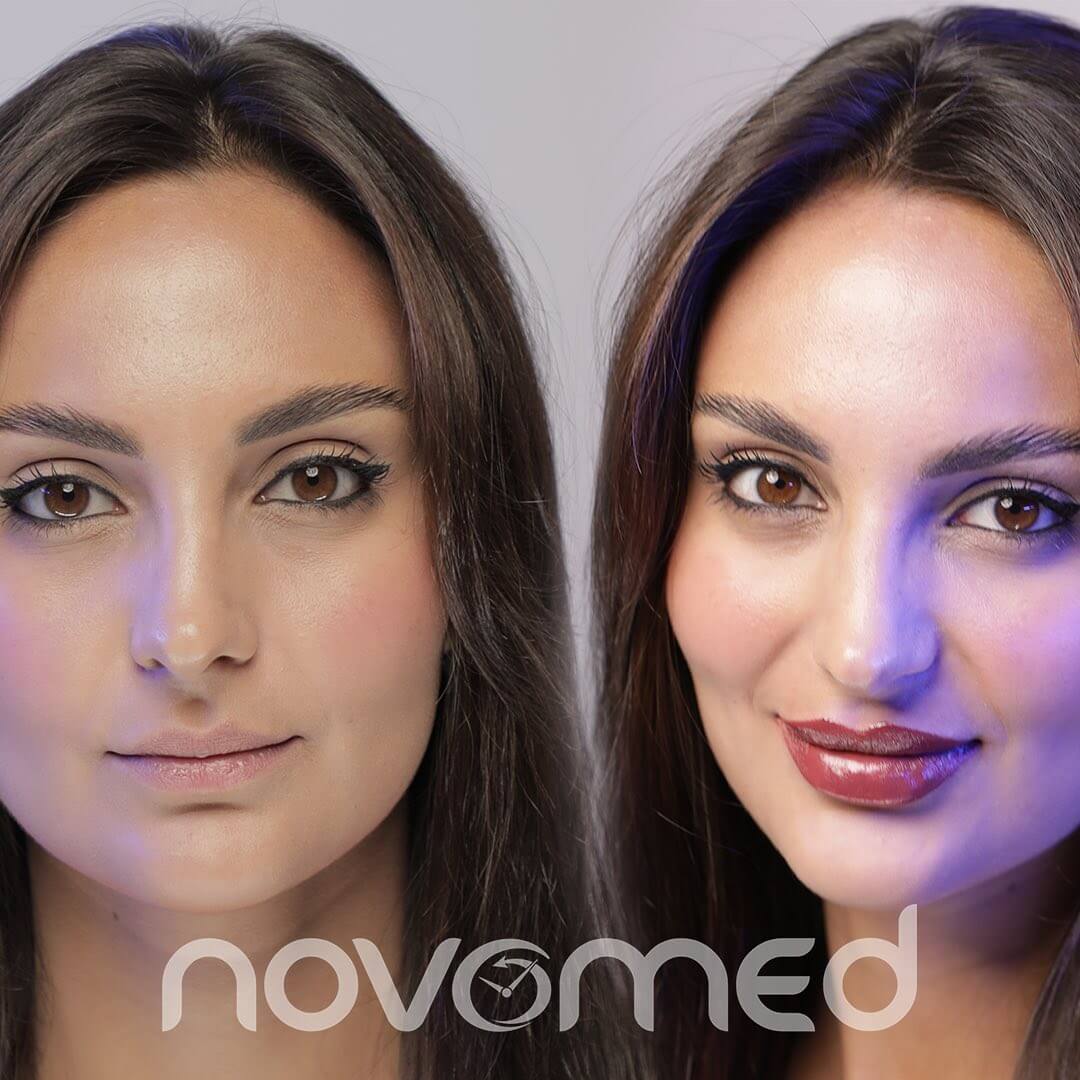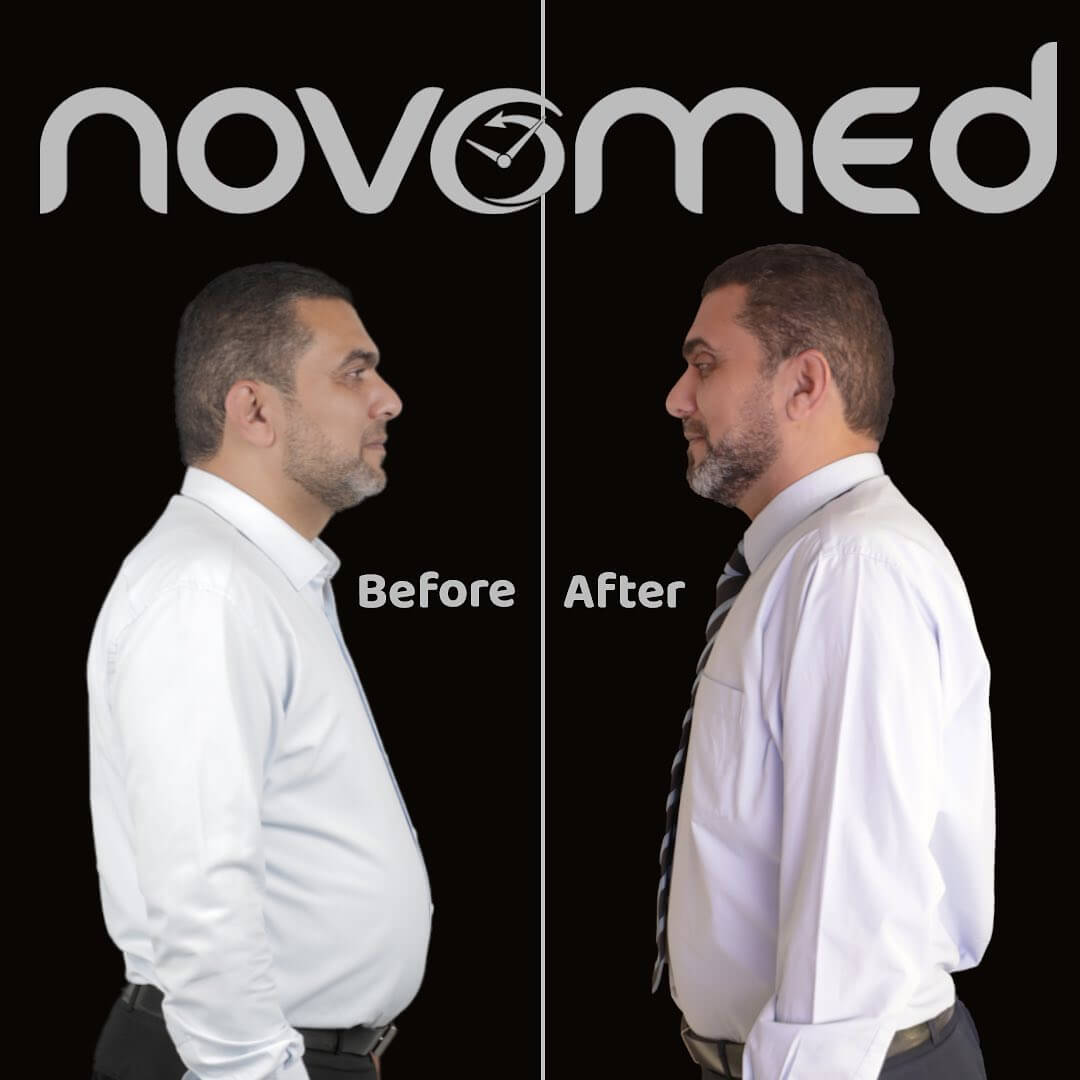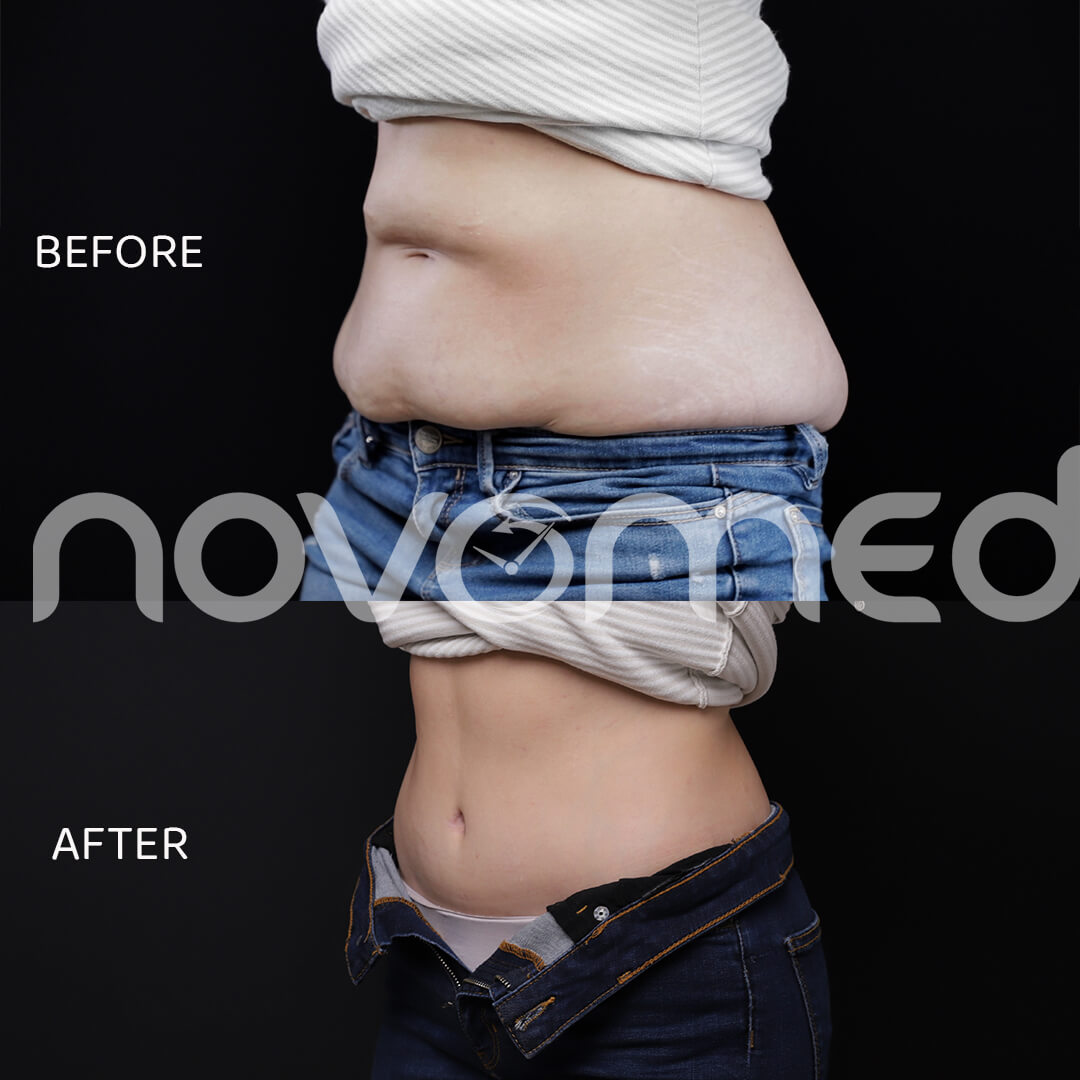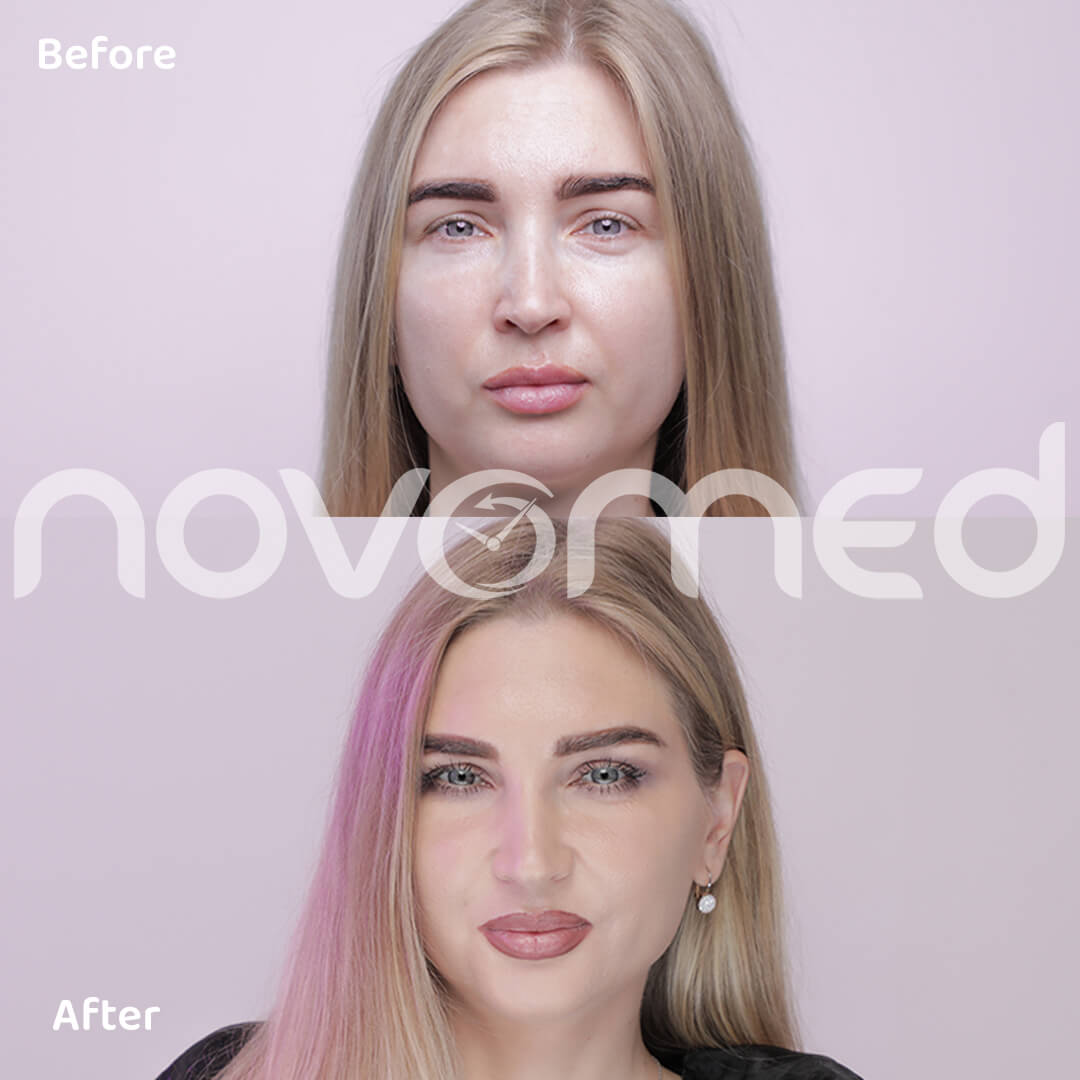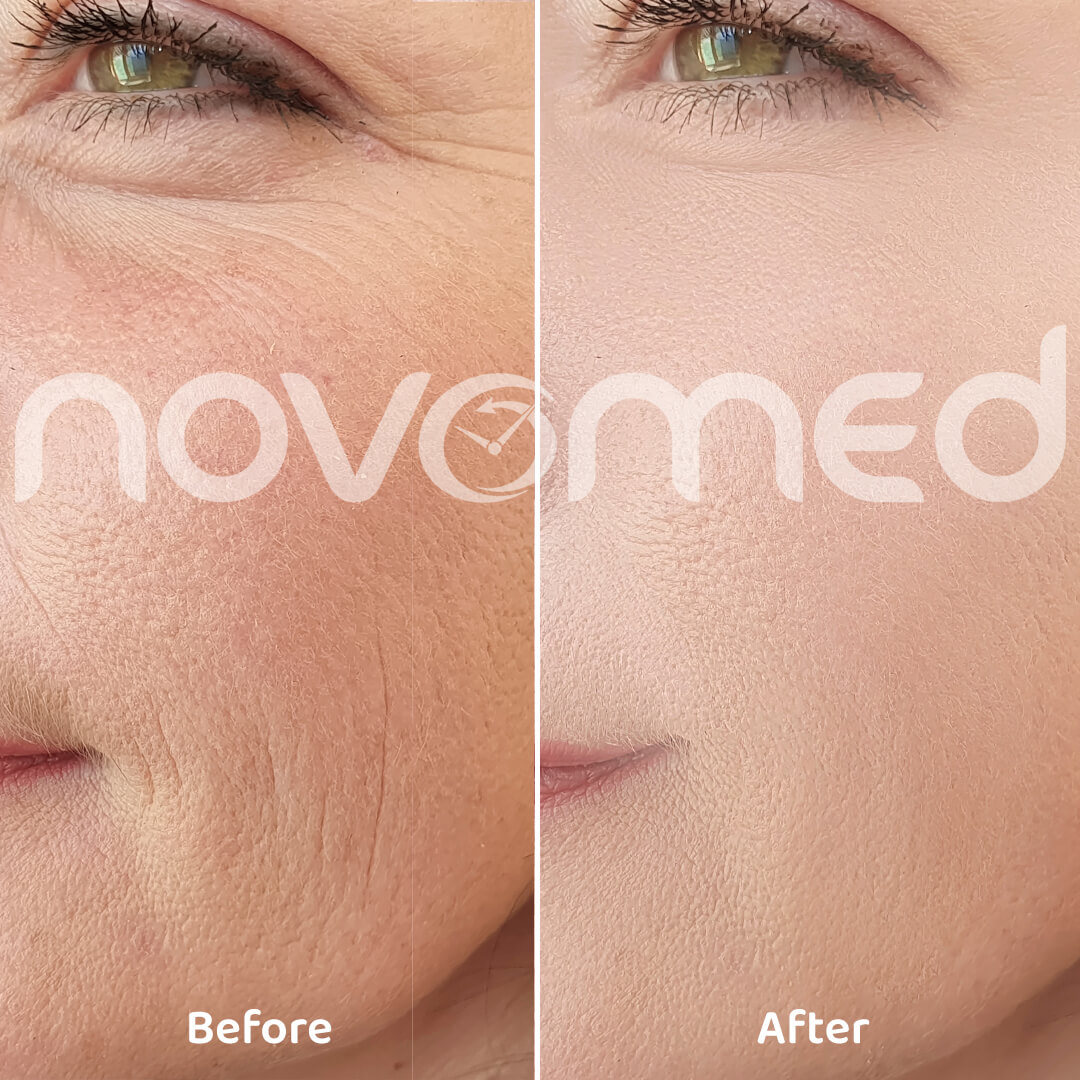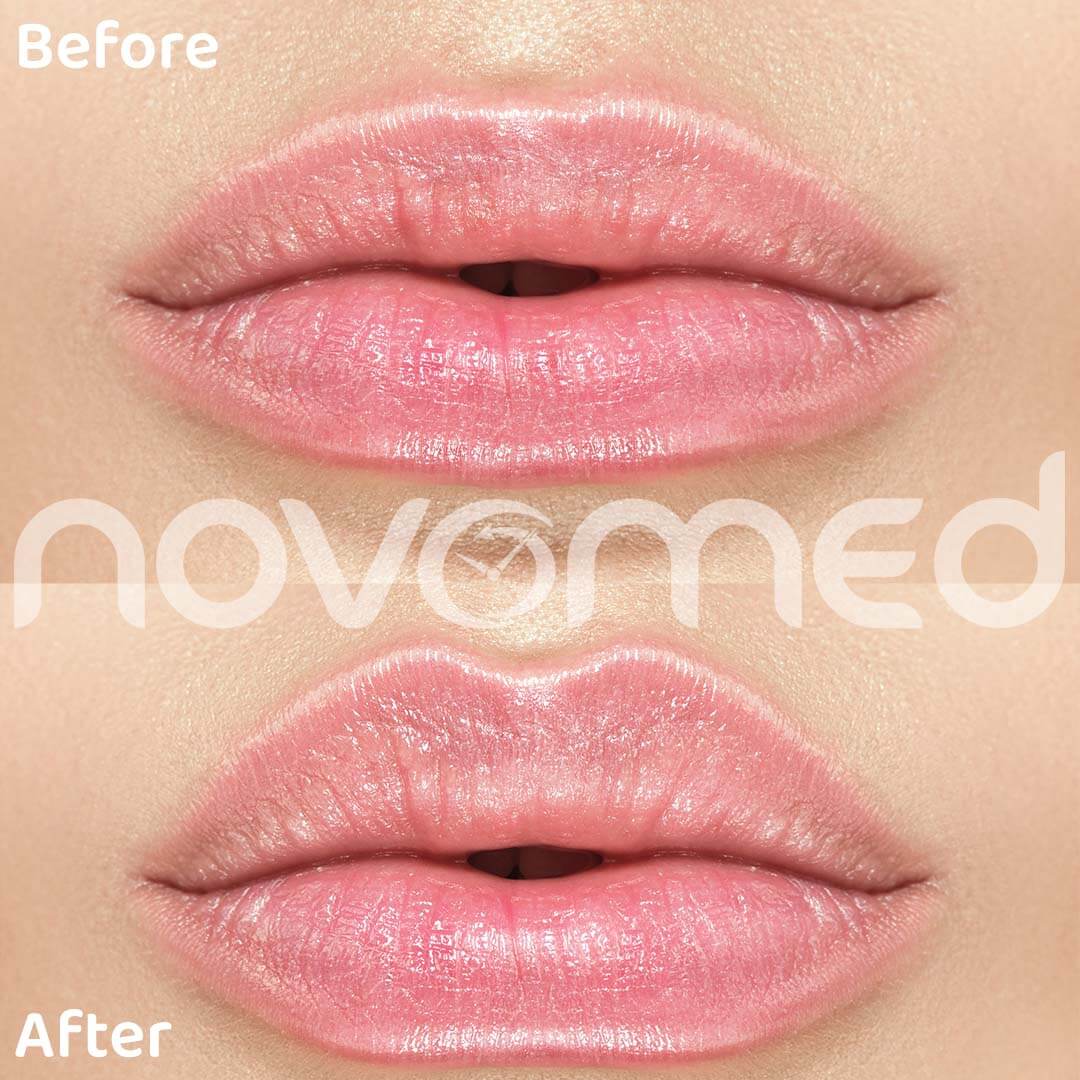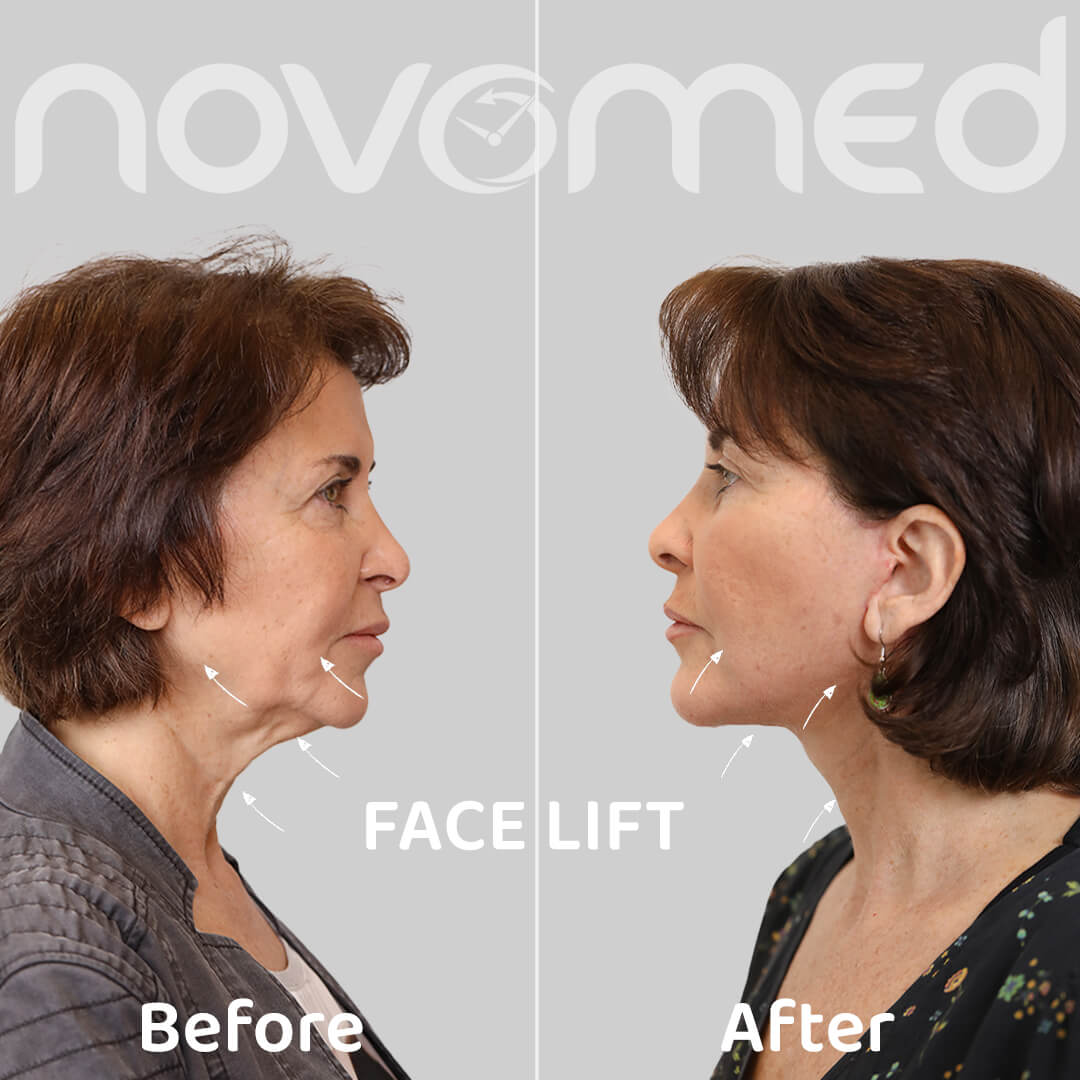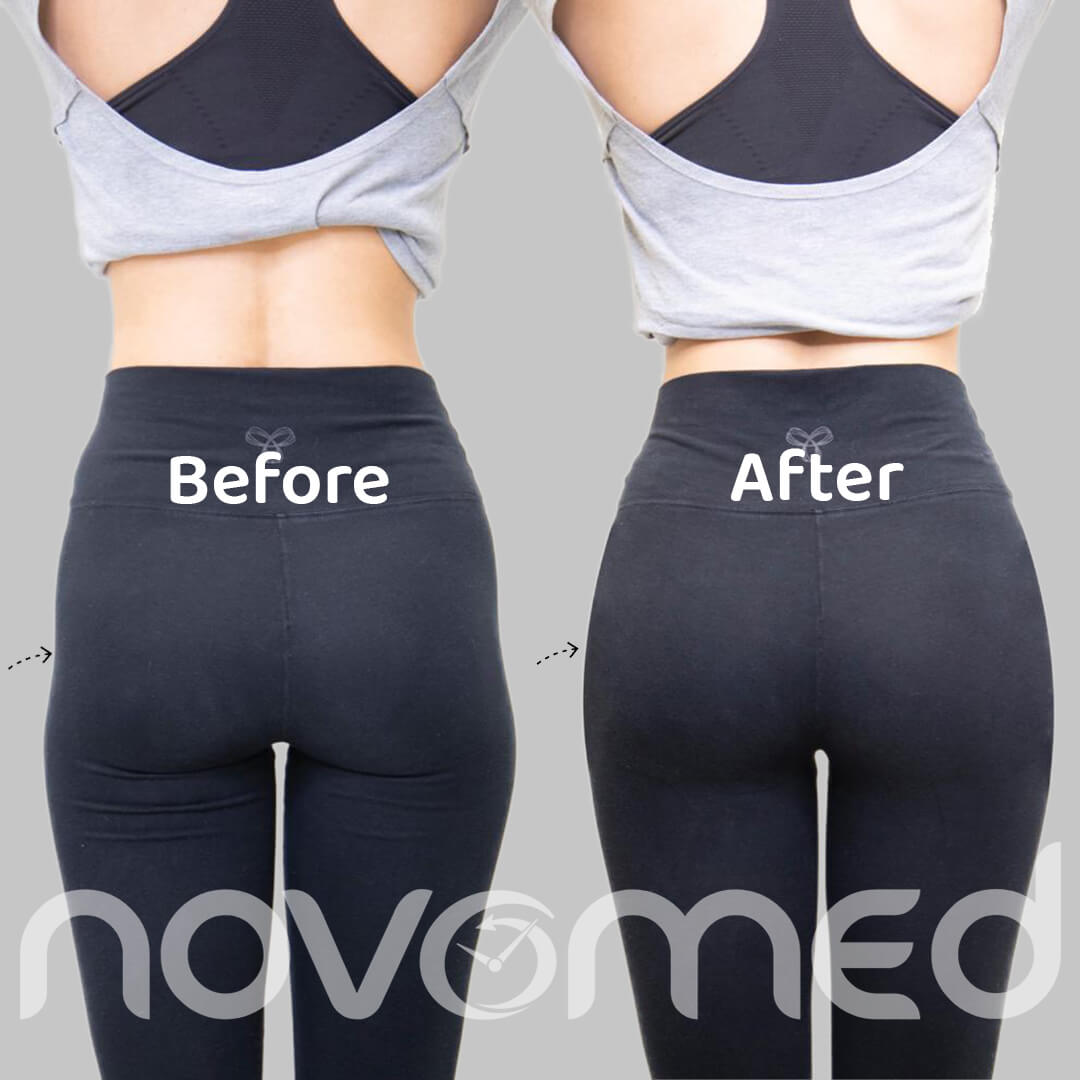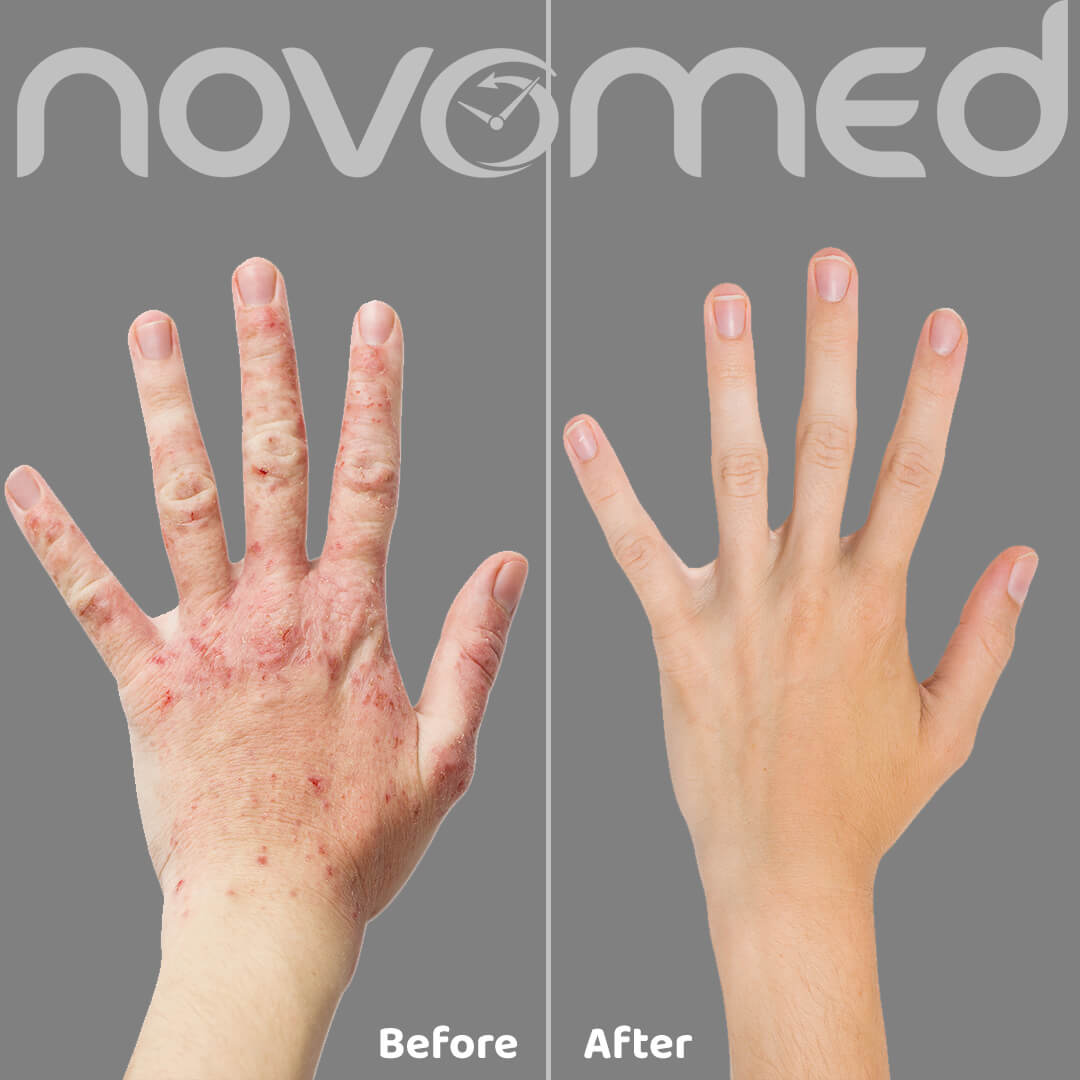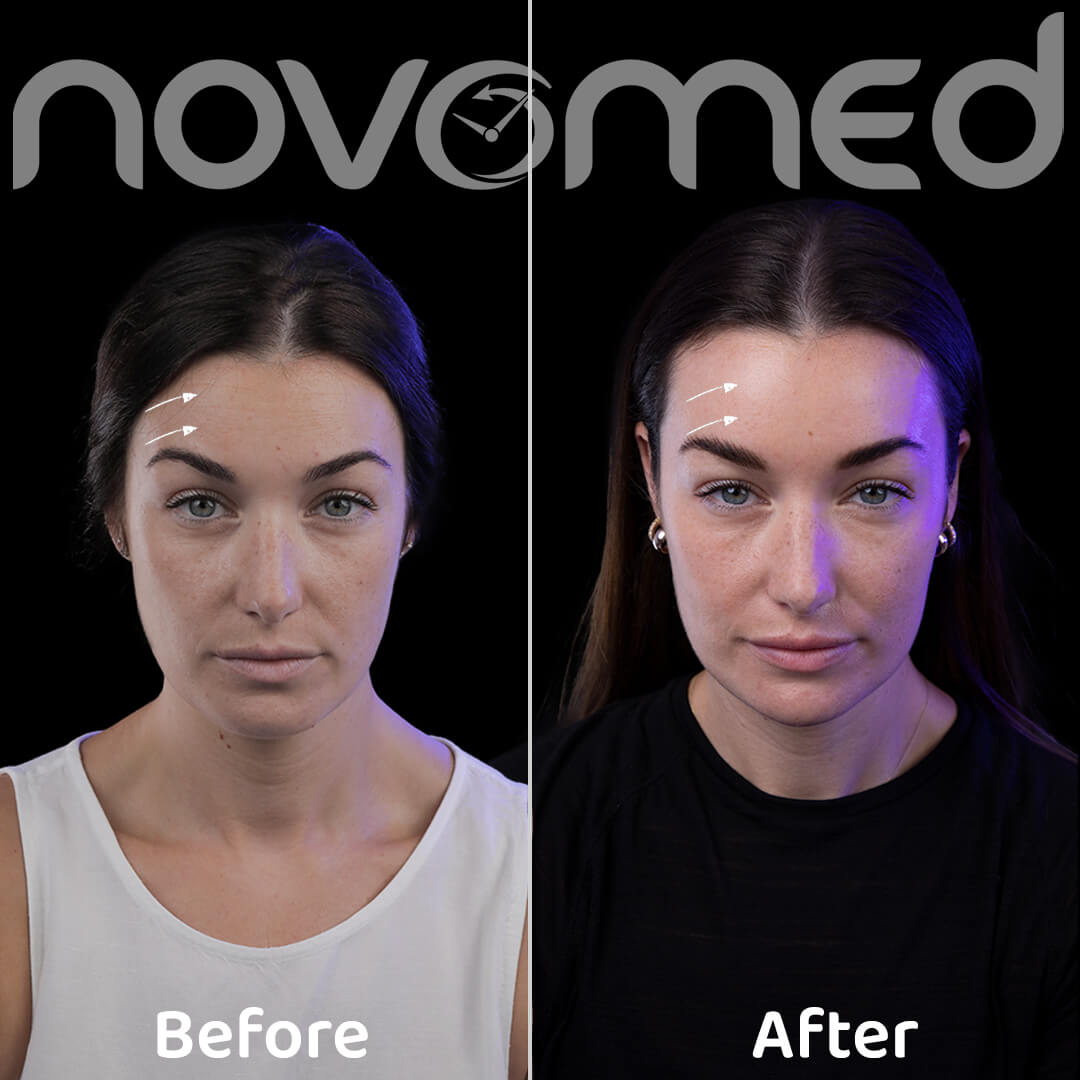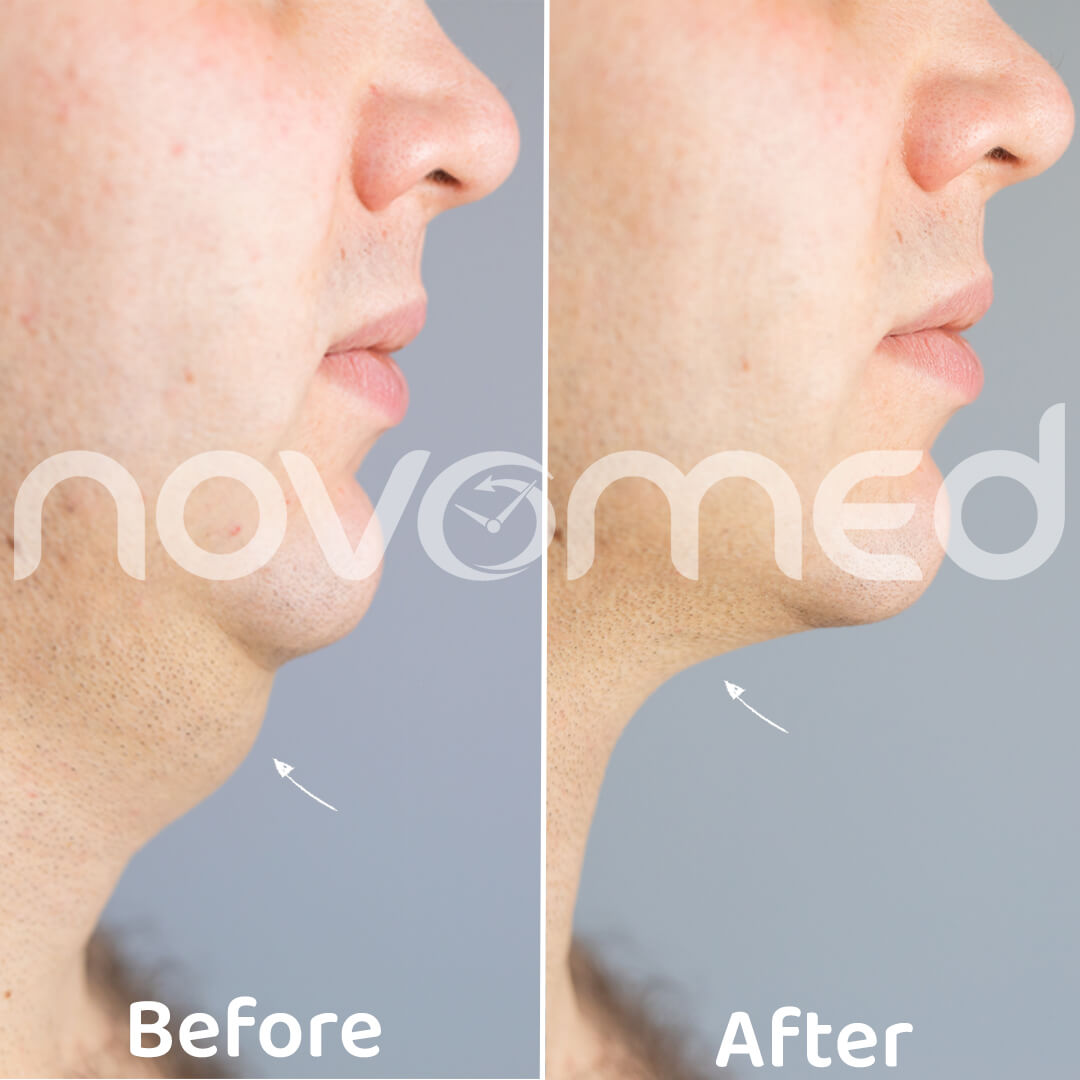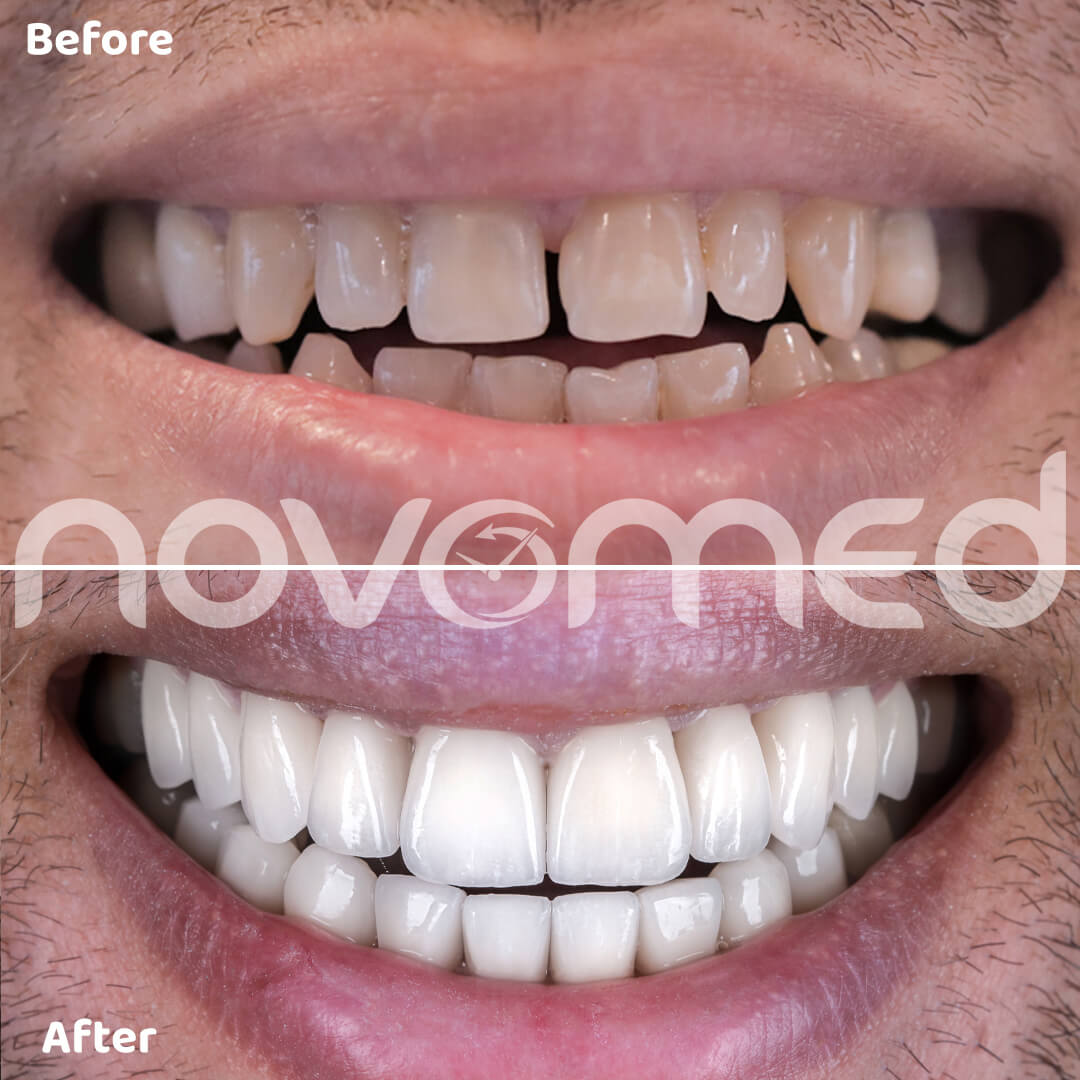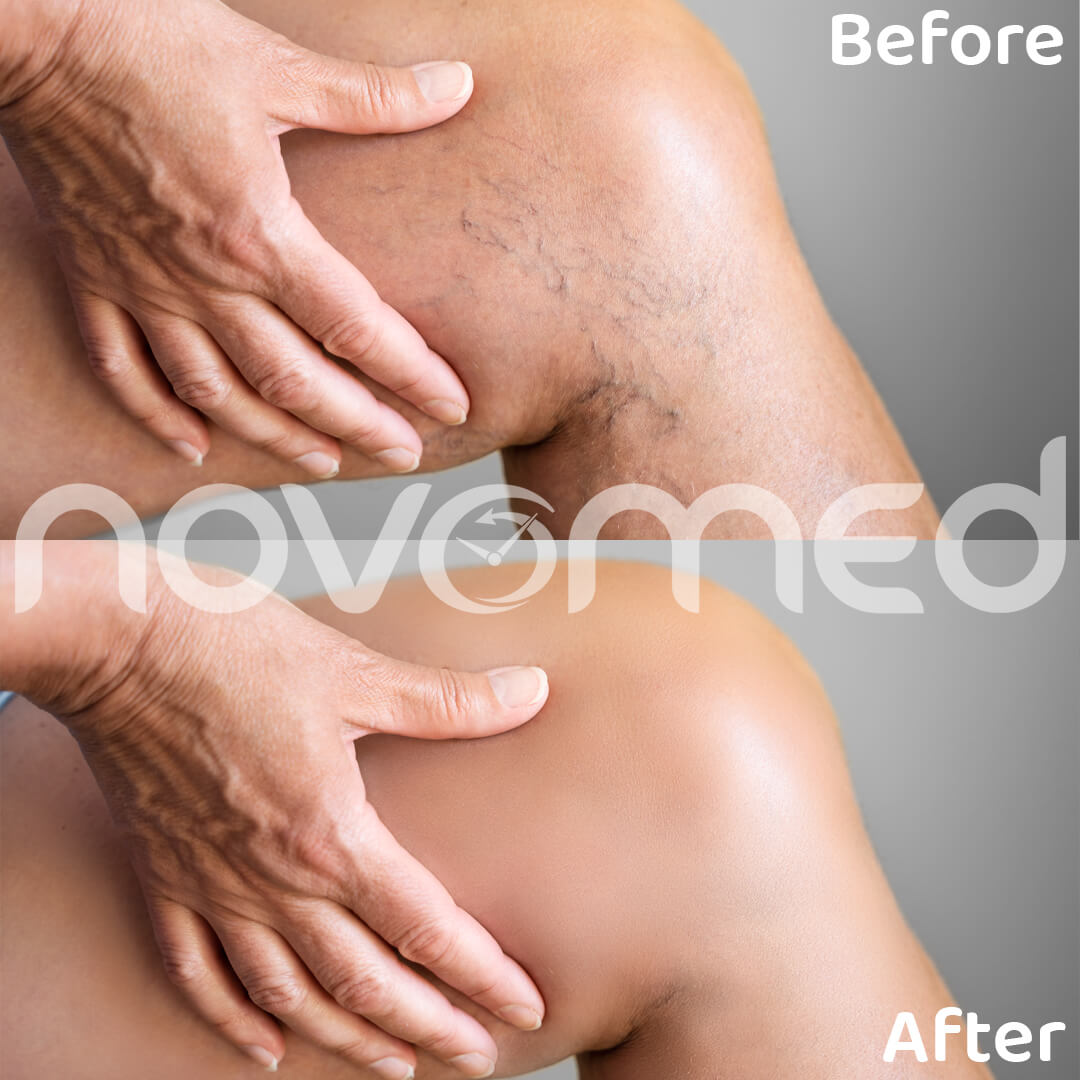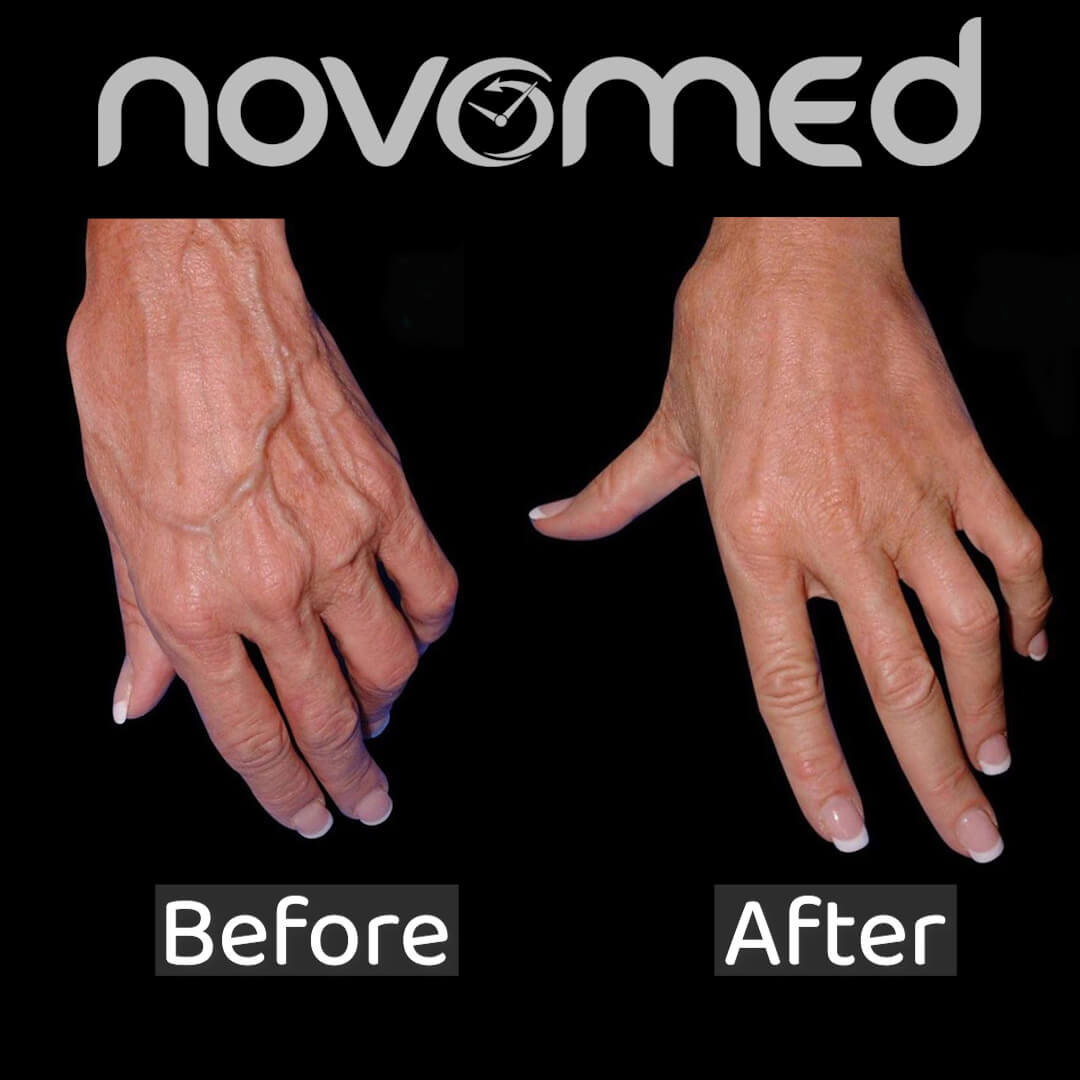If you’ve had chickenpox in the past, you are at risk of developing shingles. Shingles, or Herpes zoster, is an infectious outcome of the varicella-zoster virus, the same virus that triggers chickenpox. This disease appears on the skin as a painful rash or group of blisters that form in one spot in a band-like pattern. With shingles, you get an infection that affects both the nerves and the skin around them, causing the rash to be extremely painful.
What does a Shingles rash look like?
One of the first signs of shingles is a group of small, easily noticeable bumps that can be different colors based on the person’s skin tone. These bumps might look pink, grey, purple, or brown on darker skin. On lighter skin, they’ll look red. Over time, these bumps become blisters filled with fluid. Ultimately, these blisters dry out and turn into crusts in 7 to 10 days.
How is Shingles caused?
The varicella-zoster virus is the culprit behind both chicken pox and shingles. Upon entering the body, the virus infects the body with chicken pox as its first attack. Later, when chickenpox has completed its marathon, the virus moves and suppresses itself along the spinal cord and brain region. Not much is known about why, yet the virus sometimes reawakens years later and attacks the body a second time, causing dreadful Shingles.
What are the complications caused by Shingles?
Shingles can lead to several complications, including:
- Postherpetic Neuralgia (PHN) is the most common problem and is often the most painful one. People with PHN have severe pain that won’t go away in the area where the shingles rash was. It might not go away for months or even years after the rash improves.
- Bumps from shingles can leave scars on the skin, especially if they get infected or are scratched.
- Bacterial infections of blisters can cause cellulitis and other skin illnesses as secondary infections.
- Shingles near the eye area can cause visual issues, eye infections, and irreversible vision loss.
- In very few cases, shingles can affect the brain or spinal cord, leading to encephalitis, meningitis, or facial paralysis.
- When the rash goes away, the skin may stay darkened or get spots of hyperpigmentation (darker skin) or hypopigmentation (lighter skin).
- Shingles can sometimes affect the internal organs, leading to more serious problems.
How is shingles diagnosed?
The primary way to tell if someone has shingles is by their rash and pain. Other measures include:
- A doctor or nurse may examine the skin and ask about any symptoms.
- Sometimes, they may take a sample of the fluid from the blisters to test in a lab to ensure the varicella-zoster virus is present.
What is the treatment for Shingles?
The treatment must begin as soon as the symptoms are diagnosed for the Shingles attack to start subsiding at its earliest. The following are the most effective treatment options:
- Antiviral Drugs: If you take these drugs early on, like acyclovir, valacyclovir, or famciclovir, they can help lessen the intensity and length of the shingles attack.
- Pain Management: To deal with pain, you might be told to use over-the-counter painkillers like acetaminophen or ibuprofen, prescription drugs, or skin treatments or medications that numb, like lidocaine.
- Calamine lotion or wet compresses can help stop the itching.
- Rest and Managing Stress: Getting enough rest and lowering stress can help your body heal.
Treatment should start as soon as possible for the best control of shingles. This can also help lower the risk of problems like postherpetic neuralgia. You should see a doctor if you have shingles so they can diagnose you and give you the proper treatment.
How can Shingles be prevented?
Getting a vaccine is the best way to avoid getting shingles.
- Shingrix is a perfect vaccine that people 50 and older are recommended to get. It is given twice upon CDC approval, with the second dose coming 2 to 6 months after the first and being 90% effective. You should still get Shingrix even if you had shingles in the past or just had it recently (wait until the rash goes away), got Zostavax, or got the varicella (chickenpox) shot.
- Zostavax: An older vaccine, people aged 60 and over can receive Zostavax. However, Shingrix is the go-to because of its superior efficacy.
Unlike Shingrix, which requires two injections, Zostavax needs one. The effectiveness of Shingrix in preventing shingles and postherpetic neuralgia is greater than that of Zostavax, though (67% vs. 51%).
Vaccines do not cause severe side effects but may show in rare cases. Call for immediate help if any of the following happen within minutes to hours of getting a shingles vaccine:
- Face or throat swelling.
- Need help moving.
- Itchy skin.
- Heartbeat very fast.
- Dizziness, fainting, and weakness.
Novomed is a frontrunner in innovative medical technology and uses cutting-edge techniques to diagnose and cure shingles. Advanced imaging methods allow Novomed to analyze shingles and track its development accurately. If you or anyone you know shows signs of shingles, consult one of our healthcare providers for early intervention and effective treatment.
Schedule your appointment at Novomed today!
For expert evaluation and personalized treatment plans for Shingles, schedule a consultation with one of our expert dermatologists in Dubai, Abu Dhabi or Al Ain by calling 8006686, filling out the booking form or clicking the chat icon at the bottom of the screen.







